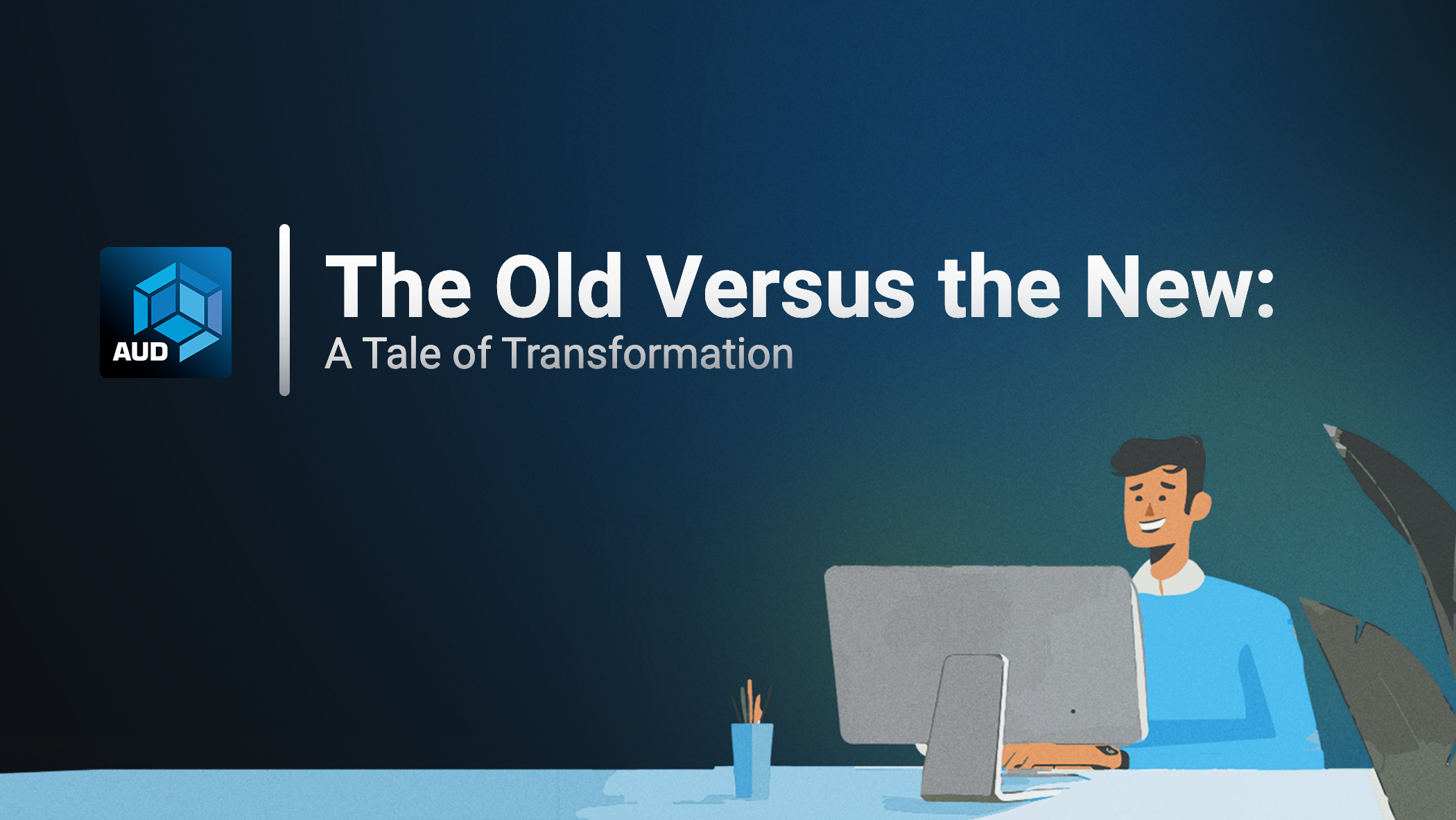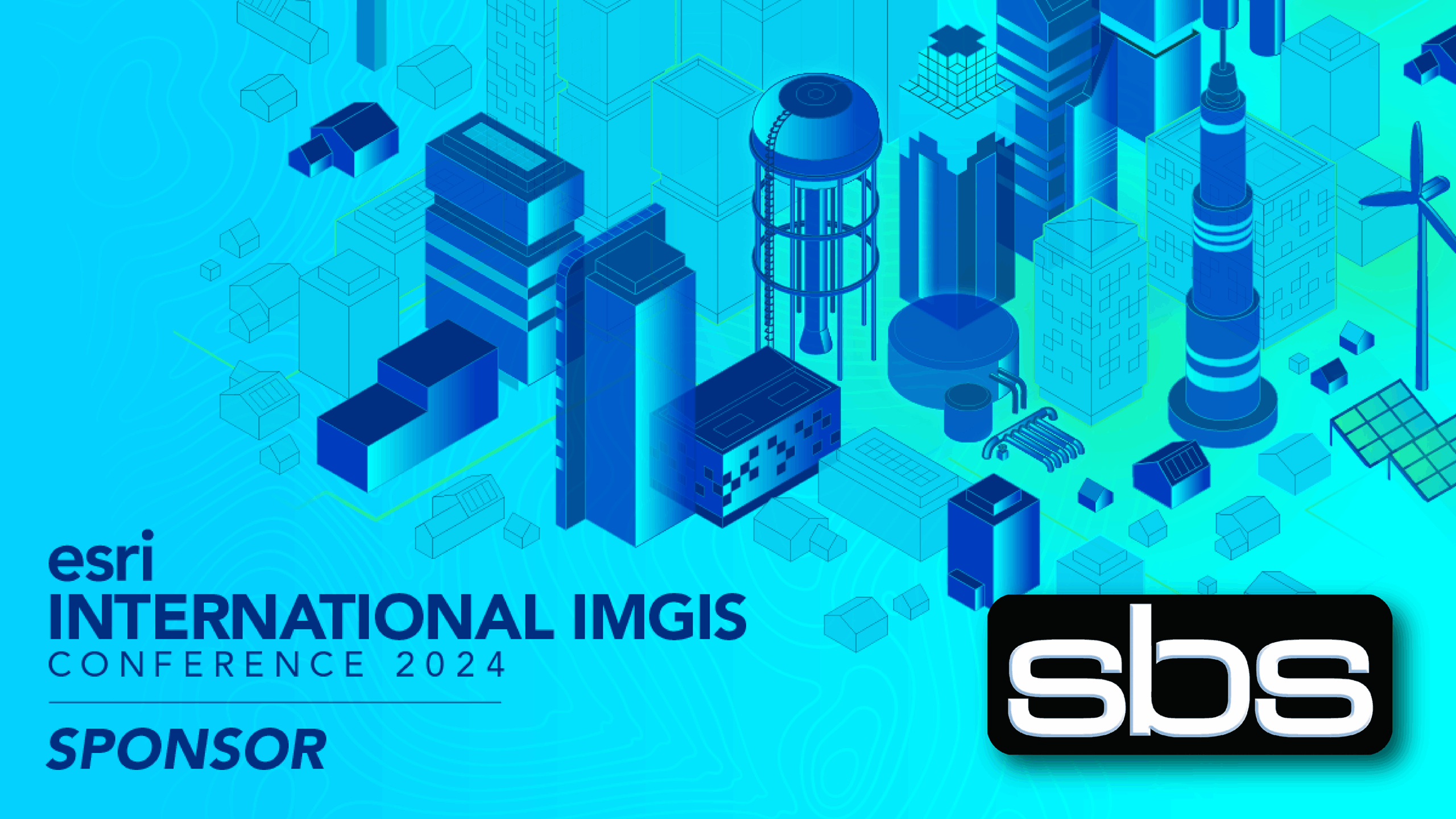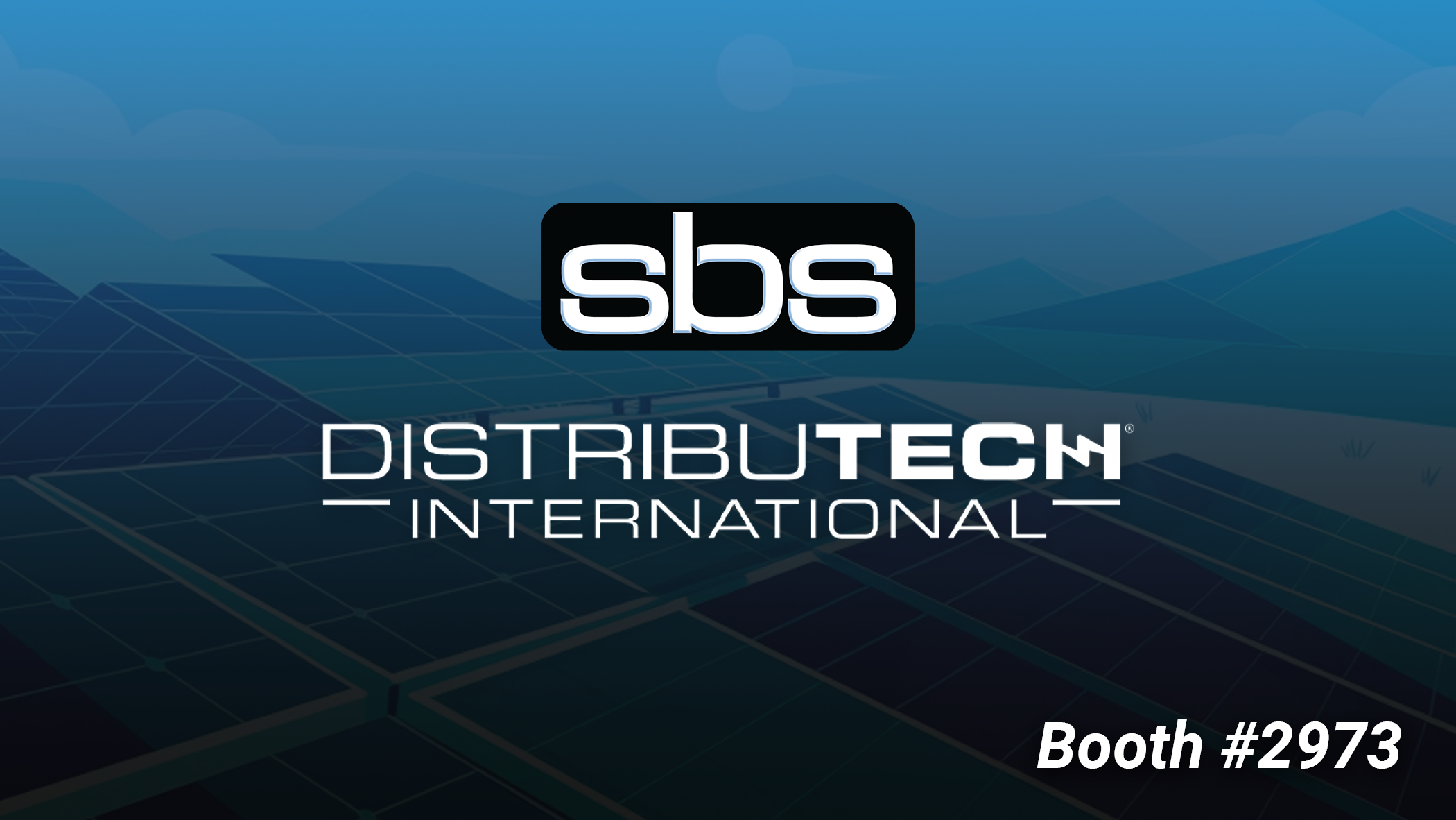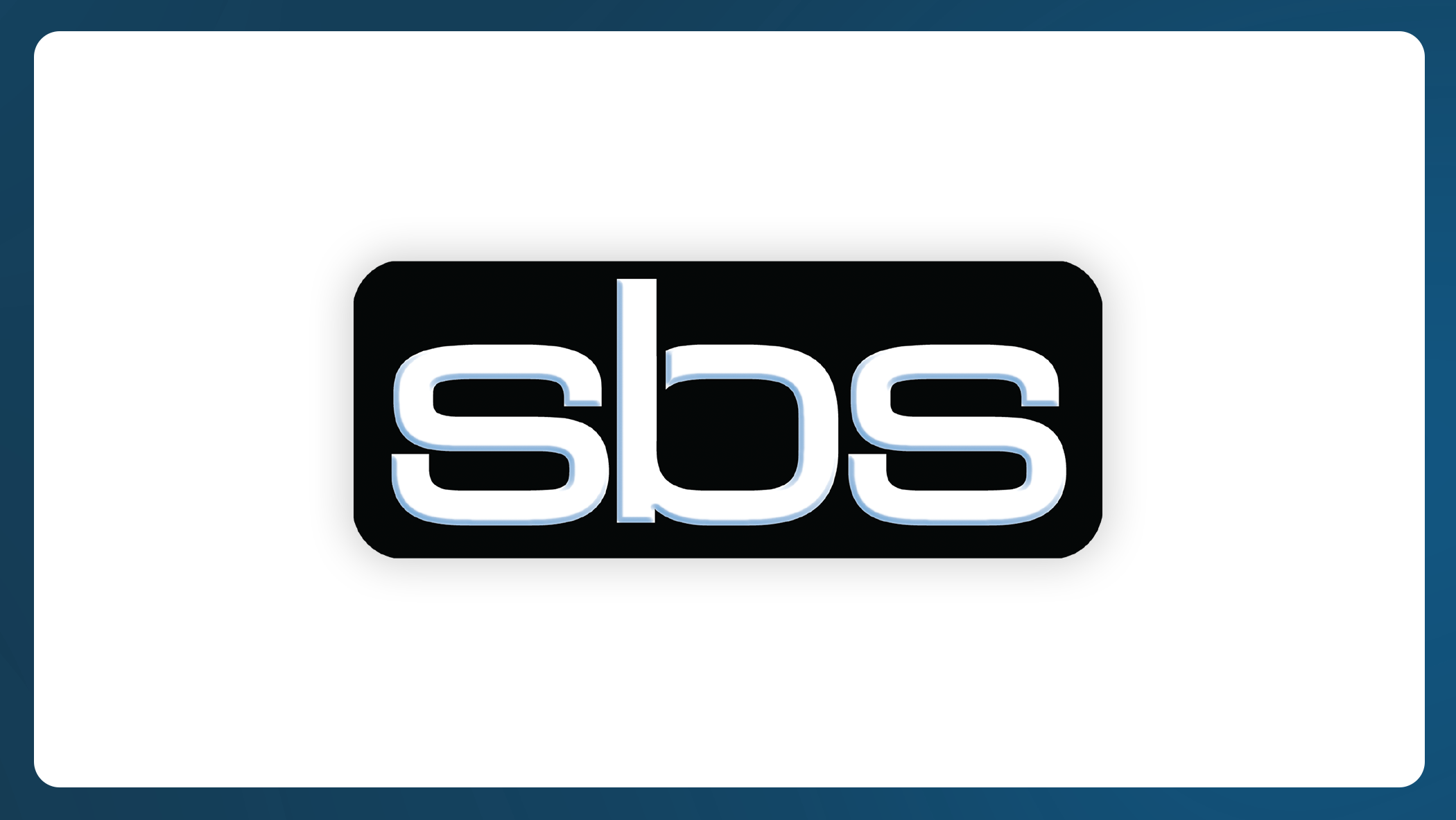A top-10 US gas and electric utility found that implementing AUD slashed its design time by a whopping 70%.
SBS recently collaborated with a top-10 US gas and electric utility, serving over 5 million meters. Their initiative to bury overhead distribution lines in high-risk areas is critical to improving system-wide safety. It’s a massive undertaking, but it’s crucial to making utility services more reliable and efficient for their customers.
Age-Old Problems
Historically, the design-to-construction process had been notoriously slow and prone to errors, bogged down by manul data entries and validations. Imagine having to enter the same data into multiple applications, create separate drawings for different aspects of a project, and then double-check everything to make sure it all adds up. The utility estimated that it took its designers around 3 weeks (or about 500 hours) to complete all these steps.
Enter Automated Utility Design™ (AUD), SBS’s Intelligent Design Platform developed to simplify complex design tasks with remarkable efficiency and accuracy. AUD offers a streamlined workflow within a familiar CAD environment, integrating model-based design tools to automate the tedious parts of the design process, reducing errors, and making everything run much smoother.
What’s Changed?
Before AUD, designers had to manage several tasks manually: importing data, transferring attributes, creating multiple drawings, and entering information into various systems to ensure everything met engineering and business standards. If a designer made a mistake or needed to make updates, they would often have to start over from scratch. It was as frustrating as it sounds.
With AUD, designers can now import data once, and it takes care of merging GIS data with field data, accommodating both civil and electric specs in one drawing, and even generating a Bill of Materials automatically. This not only saves a ton of time but also significantly cuts down on errors. If things need to change down the line, AUD adjusts everything automatically. No more starting over, no more needless delays.
The Evidence of Efficiency
The utility shared some eye-opening stats by using AUD on a benchmark design project:
- Drafting and validation is now 50% faster, saving over 100 hours on a single project.
- Time spent on Enterprise Asset Management tasks is down by 99%, saving another 80 hours.
- Other design-related tasks saw a 95% reduction in time spent, which means over 100 hours saved on each project.
In other words, AUD significantly cuts design time. It’s a game-changer, transforming a cumbersome manual process into an automated, intelligent workflow. This efficiency is critical in an industry where time equates directly to service reliability and cost-effectiveness.
The Next Decade
As we consider this and future collaborations, it becomes clear that this isn’t just an isolated case study in innovation. It can serve as a blueprint for other municipal utilities, large Investor-Owned Utilities (IOUs), and AEC and EPC firms engaged in utility projects to explore the benefits of Intelligent Design Solutions.
Transform your business with an Intelligent Design Platform.










